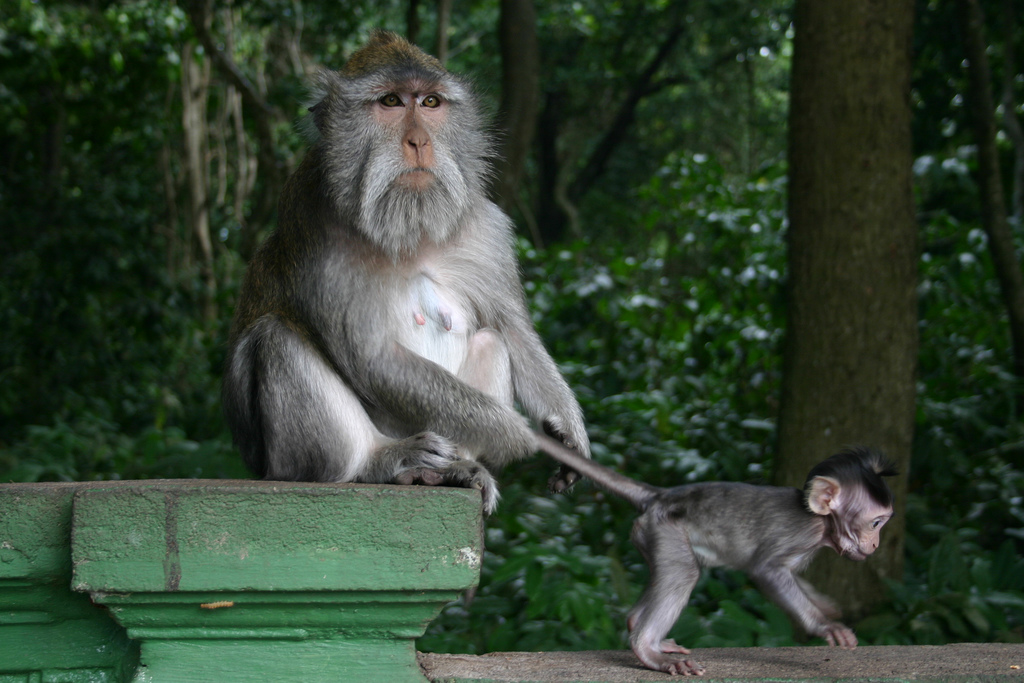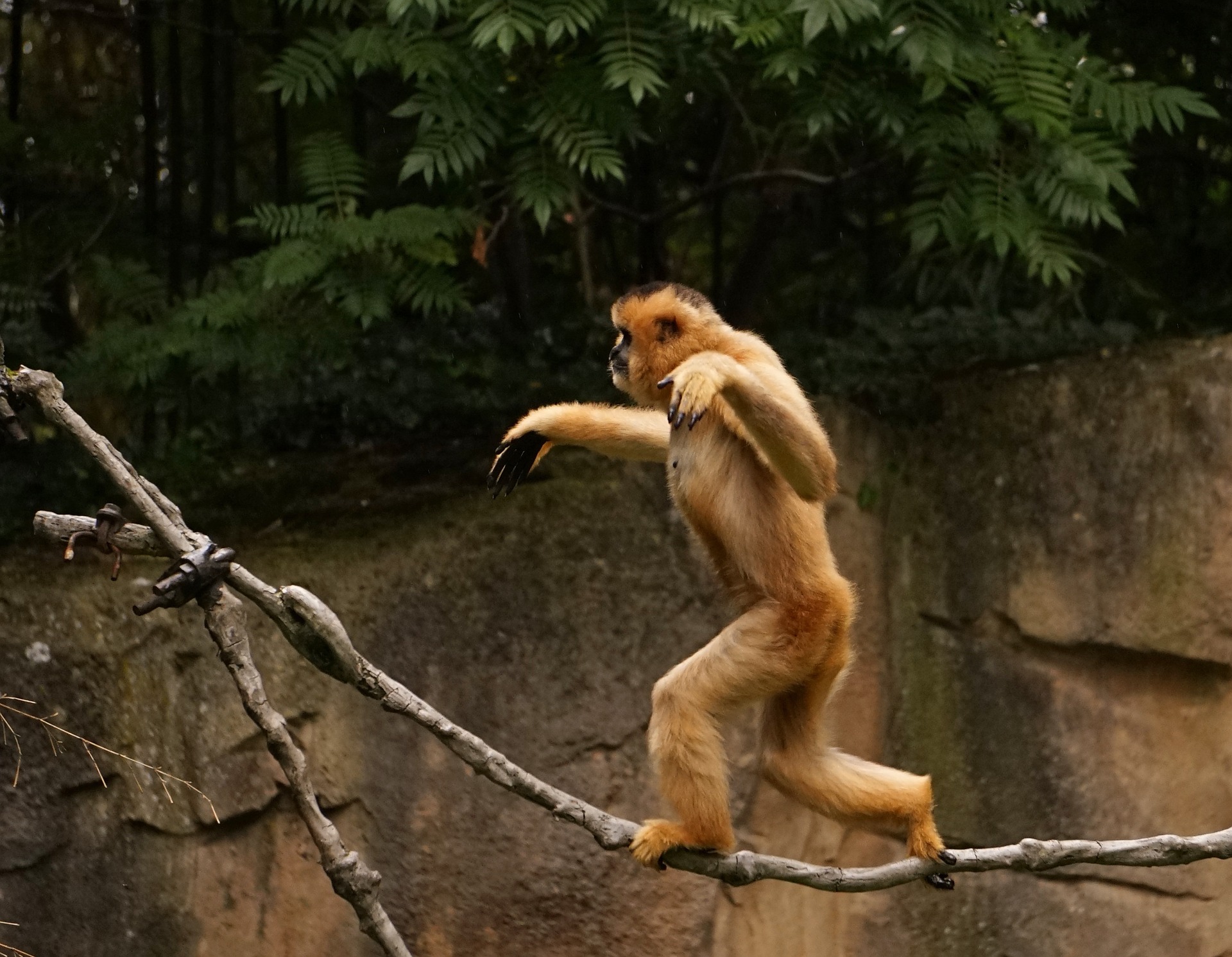Why don’t humans have tails?

Yes, there is a good tale behind the disappearance of tails from monkeys to humans
Published 5 February 2016
Humans love the idea of a tail – just ask my five-year-old niece who dresses up with her dinosaur tail, wags it like a dog and uses it as a weapon.
Tails are almost standard issue in the animal kingdom. Fish use them for propulsion, crocodiles use them as fat reserves, lizards drop them as decoys, rattlesnakes use then as warning devices, hooved animals use them as fly swatters. Some monkeys can grip with them.

Dr David Young is a zoologist who wrote a seminal textbook The Discovery of Evolution and is Director of the Tiegs Museum, at the University of Melbourne.
“Tails in mammals often serve as a counter balance to the head and assist an animal in movement, especially running. If you look at wild cats, ones that run very fast have longer tails.”
“Similarly the tree-dwelling monkeys of Africa and Asia, such as macaques, have long tails, which they use for balance, as they move around on all fours.”
Humans do have a tail, but it’s for only a brief period during our embryonic development. It’s most pronounced at around day 31 to 35 of gestation and then it regresses into the four or five fused vertebrae becoming our coccyx. In rare cases, the regression is incomplete and usually surgically removed at birth.
So what happened to the tail in the evolutionary journey from monkeys to apes to us?
“Humans belong to a group called the great apes, and along with chimps, gorillas and orang-utans, none of us have tails. The lesser apes like gibbons don’t have tails either and they give us a clue as to how not having a tail can be an advantage.
“Gibbons are able to use their long arms to swing from branch to branch in the treetops of south-east Asian forests. As they swing along, the trunk and legs hang below giving the body an upright posture. A tail would just get in the way and be a nuisance to this type of locomotion.”

“Gibbons can also walk bipedally along branches using their arms for balance. A tailless upright posture is also well suited to climbing tree trunks.”
In other words, these animals are naturally upright, unlike old and new world monkeys that use all fours. Both are suited to their survival in their particular environments.
“The upright stance in apes is enabled anatomically by a shorter lumbar region and the loss of the tail. In addition, the shoulder scapula bone is situated at the back as opposed to the sides as it is in monkeys, hence gibbons are able to raise their arms and swing from them,” Dr Young says.
“But compare this to new world monkeys of South America, like spider monkeys, who also use all fours, but have prehensile tails, which means they can use their tails like an extra hand.”
New world monkeys are a separate group far removed from old world monkeys, and not a part of the monkey ape lineage.
So the difference between monkeys and apes, tail and no tail, is a matter of adaptation to a particular environment. As it happens, the upright stance with no tail, which is good for moving in trees, is also good for leaving trees and walking on the ground. With a few adjustments, this enabled early humans to walk and jog over grassland and take up an entirely new way of life.
So be glad you haven’t got a long tail when riding a bicycle or running for an elevator.
Banner image: Flickr

